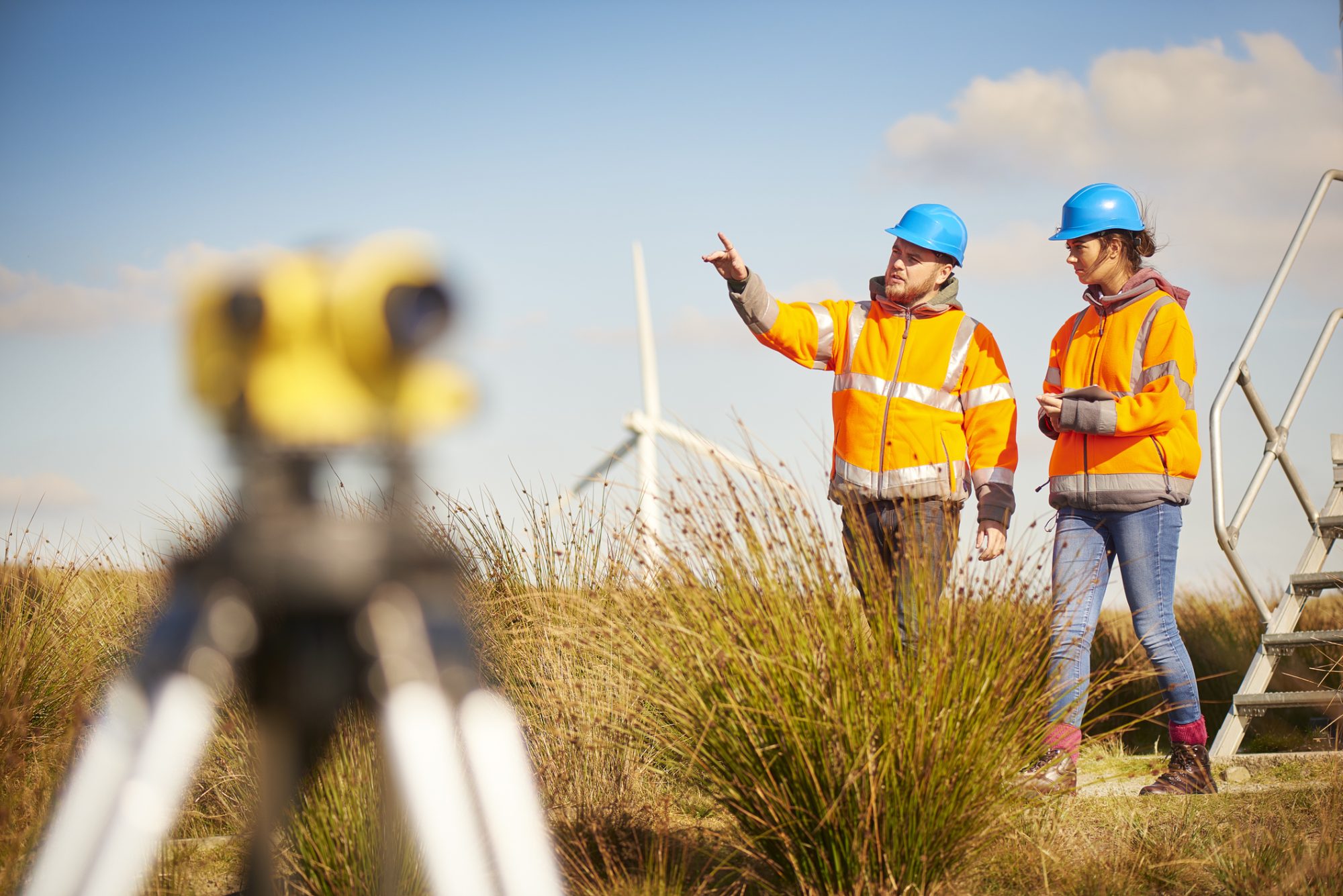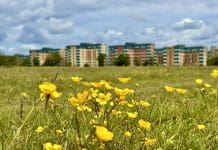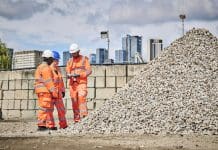The Wildlife Trusts have published a report today urging Government and developers to prioritise nature recovery in construction
The Wildlife Trusts have today published a report, titled Swift and wild: How to build houses and restore nature together, highlighting the importance of nature recovery in construction.
The report outlines planning reforms that could aid in addressing sustainability issues.
The report tackles issues with climate change and nature loss
The report calls for a strategic approach towards housebuilding, implementing the 1.5m housebuilding target as a part of simultaneously achieving environmental targets.
This would include net zero targets, and preserving 30% of land for nature and natural purposes by 2030.
These reforms would allow both housebuilding and conservation targets to deliver more affordable, well-designed homes more quickly, as well as grow the economy and support sustainability, green energy, and nature recovery in construction.
The proposed reforms include:
Strategic and nature-centric planning
The UK needs a strategic and joined-up approach to housebuilding that complements nature recovery and balances competing demands on land. The planning system should always avoid causing harm to legally protected areas, such as Sites of Special Scientific Interest and Special Areas of Conservation.
A new land designation, Wildbelt, would put nature at the heart of the planning process by protecting land of low biodiversity value specifically for nature recovery. Wildbelt would also support local authorities to implement statutory biodiversity duties and deliver Local Nature Recovery Strategies.
Climate action through development
Buildings are one of the UK’s largest sources of carbon emissions. Improving energy efficiency by retrofitting homes and embedding features like solar panels, rainwater harvesting, and green roofs can reduce emissions and bills, while benefitting health, well-being and wildlife. Implementing some of these changes widely could help the UK achieve net-zero. Inexpensive, small-scale changes – such as including swift bricks in new developments – can support nature recovery and contribute to wildlife corridors.
Nature-rich neighbourhoods
Integrating nature into new developments provides multiple health, social and environmental benefits. These include health and well-being impacts for people, reduced air pollution and better protection from flooding. Evidence shows that people with better access to nature are more active, mentally resilient and have better all-round health.
New developments should help to connect nature reserves and other important areas for wildlife and ensure that everyone can access greenspace within 15 minutes walk or wheel.
The report says nature recovery and construction should work together
Becky Pullinger, The Wildlife Trusts head of land use planning, said: “We cannot afford to treat nature, climate and housing as entirely separate issues. By embedding nature recovery into the planning system, we can tackle these challenges together and build homes that are energy-efficient, affordable and playing a meaningful part in restoring nature. Historic developments in the wrong place are partly responsible for habitat loss and pollution, which have contributed to massive declines in wildlife. The UK Government is right to be ambitious about building houses and green energy– it must also show equal ambition for restoring nature.”
Craig Bennett, The Wildlife Trusts chief executive, said: “The UK has agreed to protect at least 30% of land for nature by 2030, yet the latest calculations show we’re heading in the opposite direction. New developments must help to create more habitat for wildlife, including throughout urban areas. All communities deserve to benefit from living in nature-rich neighbourhoods, and both governments and developers have a responsibility to make that happen. It’s not good enough just to protect the nature we’ve got left. We need to create new space for nature, which is why we’re calling for a new land designation, Wildbelt, to rebuild our natural infrastructure alongside built infrastructure. This could be a game-changer for UK nature recovery.”














